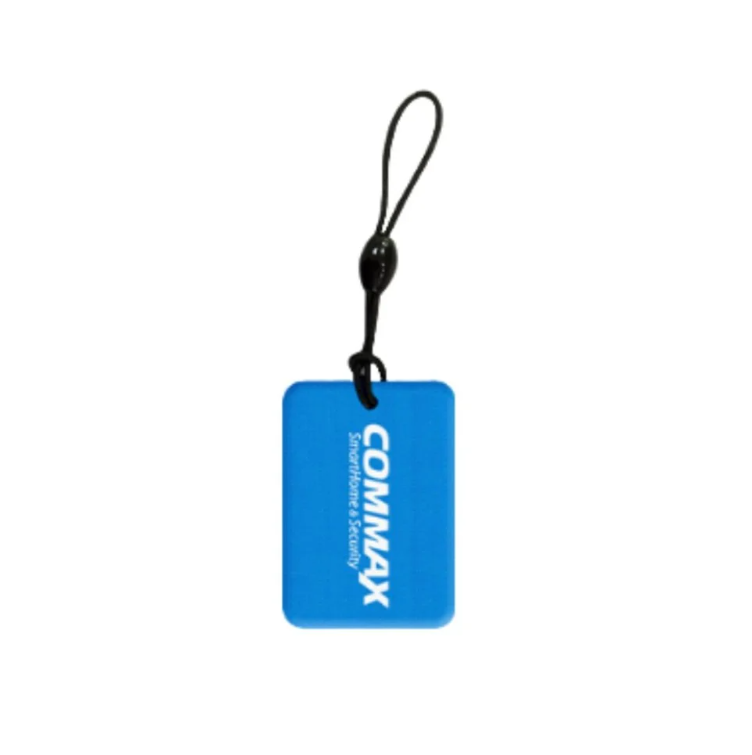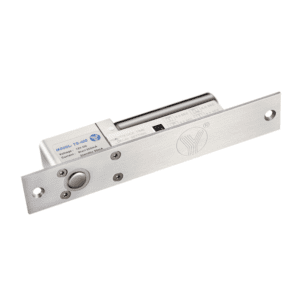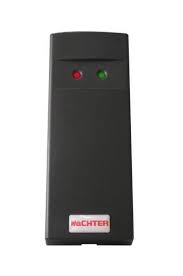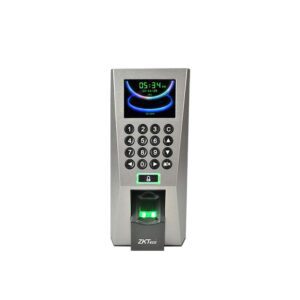Control system accessories, Control system accessories
RF/ID card for access control to gate cameras and entry systems from Commax
Availability:
In stock
12.00 SAR Including VAT
In stock
مقارنةRF/ID access control cards feature many specifications that make them ideal for use in access control systems. Here are some key specifications of these cards:
- RF/ID Technology: They use Radio Frequency Identification (RFID) technology to transfer data between the card and the reader.
- Operating Frequency: RF/ID access control cards are available in various frequencies, such as 125 kHz, 13.56 MHz, and 860-960 MHz, chosen based on your application requirements.
- Short Range: RF/ID cards operate at a short to medium range between the card and the reader, making them suitable for systems that require quick and convenient passage.
- Security: RF/ID cards come with different security levels, including data encryption and digital signatures, to ensure system safety and prevent unauthorized access.
- Durability: RF/ID cards are made of high-quality materials and have good resistance to water, dust, and shocks, ensuring their continued performance in various conditions.
- Size and Shape: RF/ID cards are available in a variety of sizes and shapes, including standard credit card size and small cards that can be stored in wallets or smartphones.
- Programmability: RF/ID cards can be easily programmed to adjust access permissions and set appropriate authorizations for each user, making system management and tracking movement easier.
- Cost: RF/ID cards are relatively inexpensive compared to some other access control systems, making them an economical choice for many applications.
These are some of the key specifications of RF/ID access control cards, and a variety of cards are available to suit different security and access requirements.
Based on 0 reviews
Only logged in customers who have purchased this product may leave a review.






















There are no reviews yet.